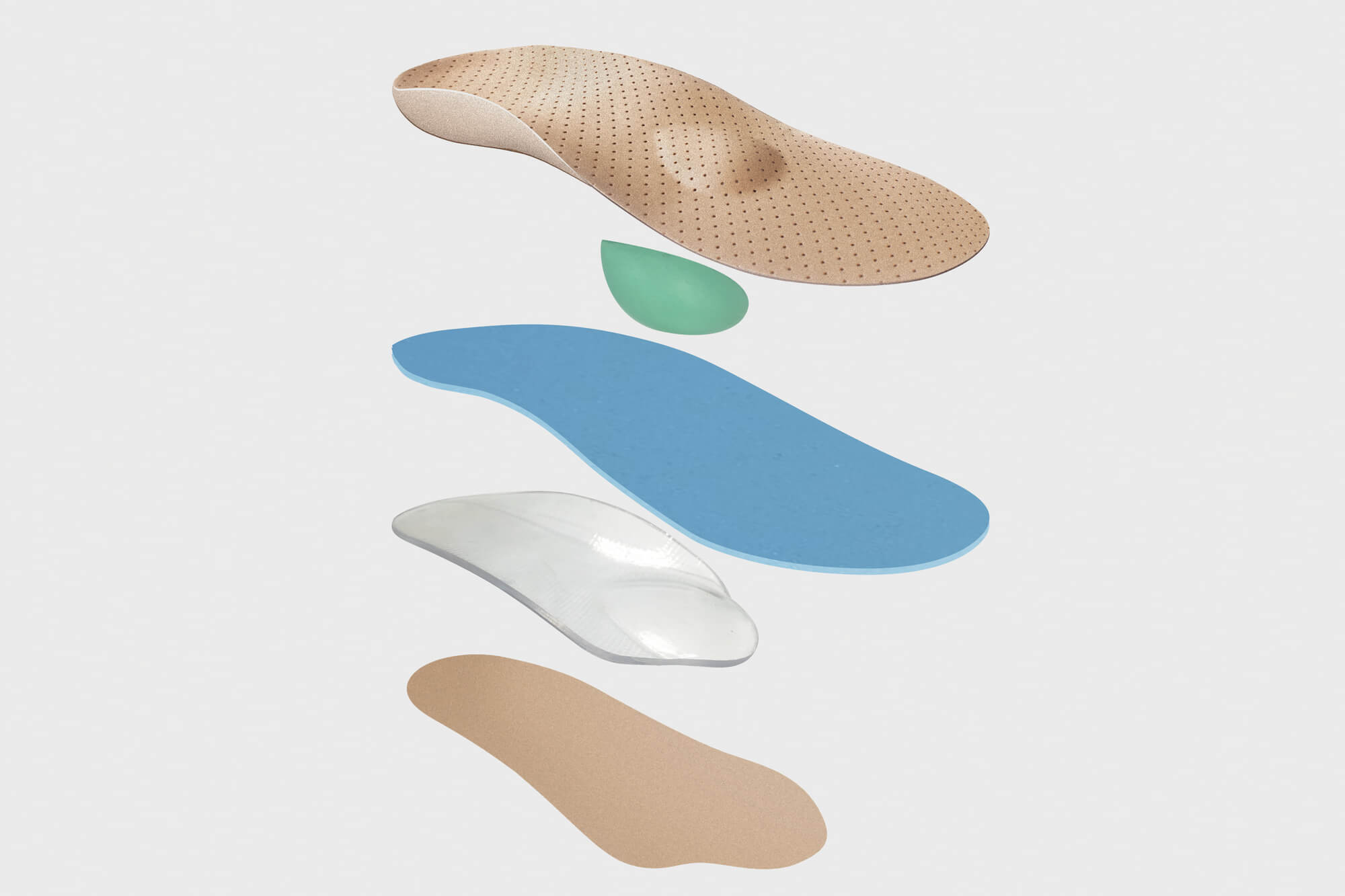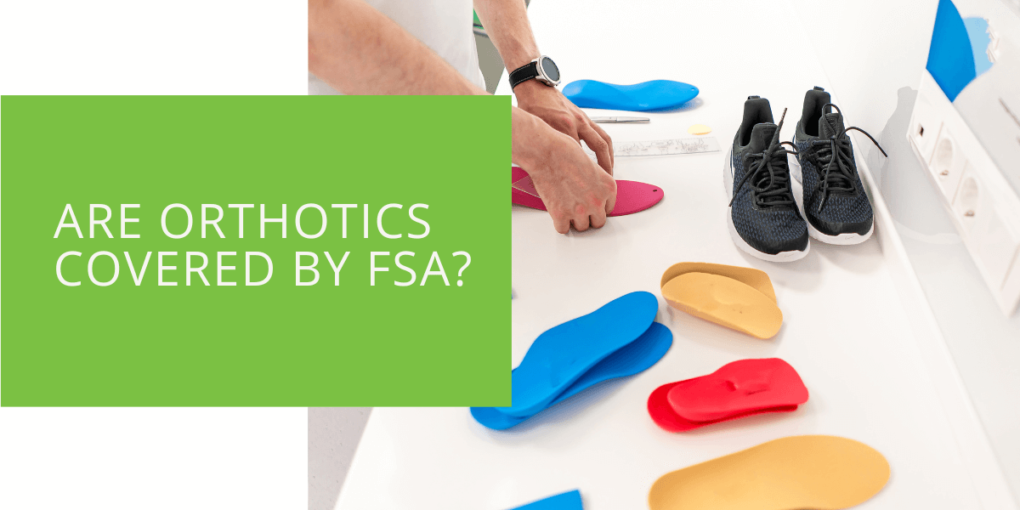Are Orthotics Covered by FSA?
Orthotics are crucial in foot health, providing support, alignment, and pain relief for various conditions. If you're considering purchasing orthotics, you may wonder if they are covered by your Flexible Spending Account (FSA). In this article, we'll explore the eligibility of orthotics under FSA coverage, the documentation and reimbursement process, contribution limits, and other considerations to help you make informed decisions about your foot health and FSA benefits.
Understanding Flexible Spending Accounts (FSA)
Let's start by understanding how a Flexible Spending Account (FSA) works. An FSA is a pre-tax benefit account that allows you to set aside a portion of your salary to pay for eligible healthcare expenses. By contributing to an FSA, you can save on taxes, as the funds you allocate are not subject to income, Social Security, or Medicare taxes.
Orthotics: Definition and Importance
Orthotics are custom-made or prefabricated shoe inserts designed to provide support, correct alignment, and alleviate pain associated with foot and lower limb conditions. As a specialized foot care provider, a podiatrist evaluates your foot health and prescribes orthotics when necessary. Orthotics are highly effective in managing various conditions, including plantar fasciitis, flat feet, high arches, and diabetic foot complications.
Eligibility of Orthotics under FSA
Regarding FSA coverage for orthotics, it's important to note that eligibility may vary depending on your specific FSA plan. In general, orthotics are considered eligible expenses if they are medically necessary. A healthcare provider, such as a podiatrist, determines medical necessity, evaluates your condition, and prescribes orthotics as part of your treatment plan.
Determining Medical Necessity
Determining the medical necessity for orthotics depends on various factors, including the severity of your condition, the impact on your daily activities, and the effectiveness of alternative treatments. A podiatrist will assess your foot health, consider your medical history, and thoroughly examine whether orthotics are medically necessary. It's important to consult a qualified podiatrist who can provide a comprehensive evaluation and proper documentation to support your FSA reimbursement.

FSA Documentation and Reimbursement Process
To ensure FSA reimbursement for orthotics, it's crucial to have the necessary documentation. When purchasing orthotics, obtain a detailed receipt that includes the product description, the date of purchase, and the amount paid. Additionally, you'll need a prescription from your podiatrist stating that the orthotics are medically necessary. These documents prove your eligible expense and are required for FSA reimbursement.
The reimbursement process for orthotics may vary depending on your FSA provider. Generally, you'll need to submit a claim form and the required documentation to your FSA administrator. Review your FSA plan guidelines and follow the instructions to ensure a smooth reimbursement process. Remember that retaining copies of all submitted documentation for your records is always beneficial.
FSA Contribution Limits and Deadlines
When participating in an FSA, it's essential to be aware of the contribution limits and deadlines associated with the account. The IRS sets annual limits on FSA contributions, which may vary each year. It's advisable to plan your FSA contributions carefully to maximize your orthotic coverage while avoiding unused funds at the plan year's end.
Additionally, FSAs operate on a "use-it-or-lose-it" rule, meaning that any funds remaining in your account at the end of the plan year may be forfeited. Some plans offer a grace period or a carryover option, allowing you to utilize any unused funds for a certain period or carry over a portion of the balance to the following year. Check with your FSA administrator to understand the specific rules and options available.
Other Considerations and Exceptions
While orthotics are generally eligible for FSA coverage, there may be certain exceptions or limitations set by your FSA plan. Some plans may require additional documentation or restrict the types of orthotics covered. It's important to carefully review your FSA plan guidelines and contact your FSA administrator for any specific questions or clarifications regarding orthotic coverage.
It's also worth noting that orthotics may also be eligible for reimbursement under a Health Savings Account (HSA). HSAs are similar to FSAs in allowing you to set aside pre-tax funds for eligible medical expenses. If you have an HSA, you can consult with your HSA provider to determine the eligibility of orthotics and the documentation required for reimbursement.
Conclusion
Orthotics can benefit foot health significantly, and understanding their coverage under Flexible Spending Accounts (FSAs) is essential. Consulting with a podiatrist and obtaining proper documentation can maximize your chances of FSA reimbursement for medically necessary orthotic devices.
When considering orthotics, it's important to note that eligibility may vary depending on your FSA plan and the determination of medical necessity by a healthcare provider. You can navigate the system more effectively by familiarizing yourself with the FSA documentation and reimbursement process, contribution limits, and any exceptions.
Remember to keep detailed receipts and prescriptions, follow your FSA plan guidelines, and submit your reimbursement claims promptly. By taking these steps, you can ensure a smoother reimbursement process and make the most of your FSA benefits for orthotics.
Please note that while this article provides general information, it is always advisable to consult with your podiatrist and FSA administrator for personalized guidance and to understand the specific guidelines of your FSA plan. Taking proactive steps and staying informed will allow you to prioritize your foot health and maximize the benefits provided by your FSA or HSA.
Investing in your foot health through orthotics is a wise decision, and with proper knowledge of FSA coverage, you can confidently pursue the necessary care and support for your feet.
Key Takeaways
- Orthotics may be eligible for coverage under a Flexible Spending Account (FSA) if they are medically necessary.
- To receive FSA reimbursement for orthotics, you'll need proper documentation, including a detailed receipt and a prescription from a podiatrist.
- FSA contribution limits and deadlines should be considered, and it's important to review your FSA plan guidelines to understand any exceptions or limitations for orthotic coverage.

